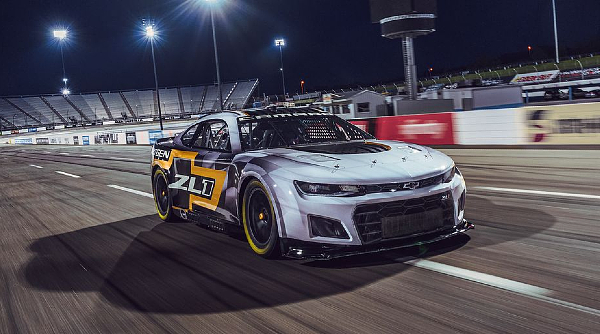When NASCAR introduced the Next Gen car in 2022, the buzzword was “parity.” The car promised a new era where the playing field would be leveled, where technology and talent would intersect in such a way that any given Sunday could yield a new winner. This was a vision of a revitalized, unpredictable NASCAR. But as the rubber met the track, reality began to veer from the vision.
The Next Gen was more than a mere update; it was supposed to usher in a cost-effective, safer, and more competitive racing era. Yet, here we are, two seasons later, reflecting on a car that’s trailing behind its expectations, including that it’s not as cost-effective as was predicted.
While the competitive aspect hit a stumbling block, so too did safety concerns. The 2022 season was marred by concussions, casting doubt on the Next Gen’s safety promises. By the time the schedule hit Talladega during the playoffs, drivers were so concerned that they held a secret meeting before the race. And for fans who remember, it was one of the most tame drafting races ever seen. Consequently, changes were made during the off-season that included new center and rear clips on the vehicle’s chassis, with both sections modified to better absorb rear impacts. But this year’s spring race at Talladega produced a horrific wreck involving Kyle Larson and Ryan Preece and was a shocking reminder that despite the best intentions and engineering, vulnerabilities remained.
Those issues were also addressed. And now it’s time to focus on the competitive edge.
Fans have enjoyed that racing on intermediate tracks has improved but have loudly complained that short track and road course races have lost their luster, with the new car producing less-than-thrilling events. The excitement that once came from tight corners and daring overtakes has been diminished, leaving the fanbase longing for the races of the past and begging NASCAR to make changes.
So, what’s the solution? Opinions are as varied as the paint schemes on race day. More downforce. Less downforce. A different tire compound. Each idea has its merits. But one thing immediately stands out first and foremost: MORE HORSEPOWER! Thankfully, that idea is already being bandied around, and NASCAR is reviewing it. So, here are a few other things to consider: 1) The final drive ratios need to be swapped to eliminate shifting on short tracks. 2) The aspect ratio should change on the 18-inch tire. A little higher sidewall would give the driver a better feel and control before the car could snap around. And the car wouldn’t bottom out and sit like a stranded turtle with a simple flat tire. 3) And while we’re on the topic of tires, let’s return to 5 lug nuts to be more competitive in the pit boxes. However, of all these proposed changes, this one is the least likely to happen.
While some of these adjustments may seem counterintuitive to the pursuit of a cost-effective product, they could recapture the competitive balance and please fans as well as drivers, both of whom are clearly frustrated with the current car.
So, as we wait for the 2024 season to begin, most of us wait with fingers crossed for the changes reportedly coming. Ideally, they will include more horsepower, and the third season with the Next Gen will be the version of the car we’ve all been hoping for.
by Rob White

